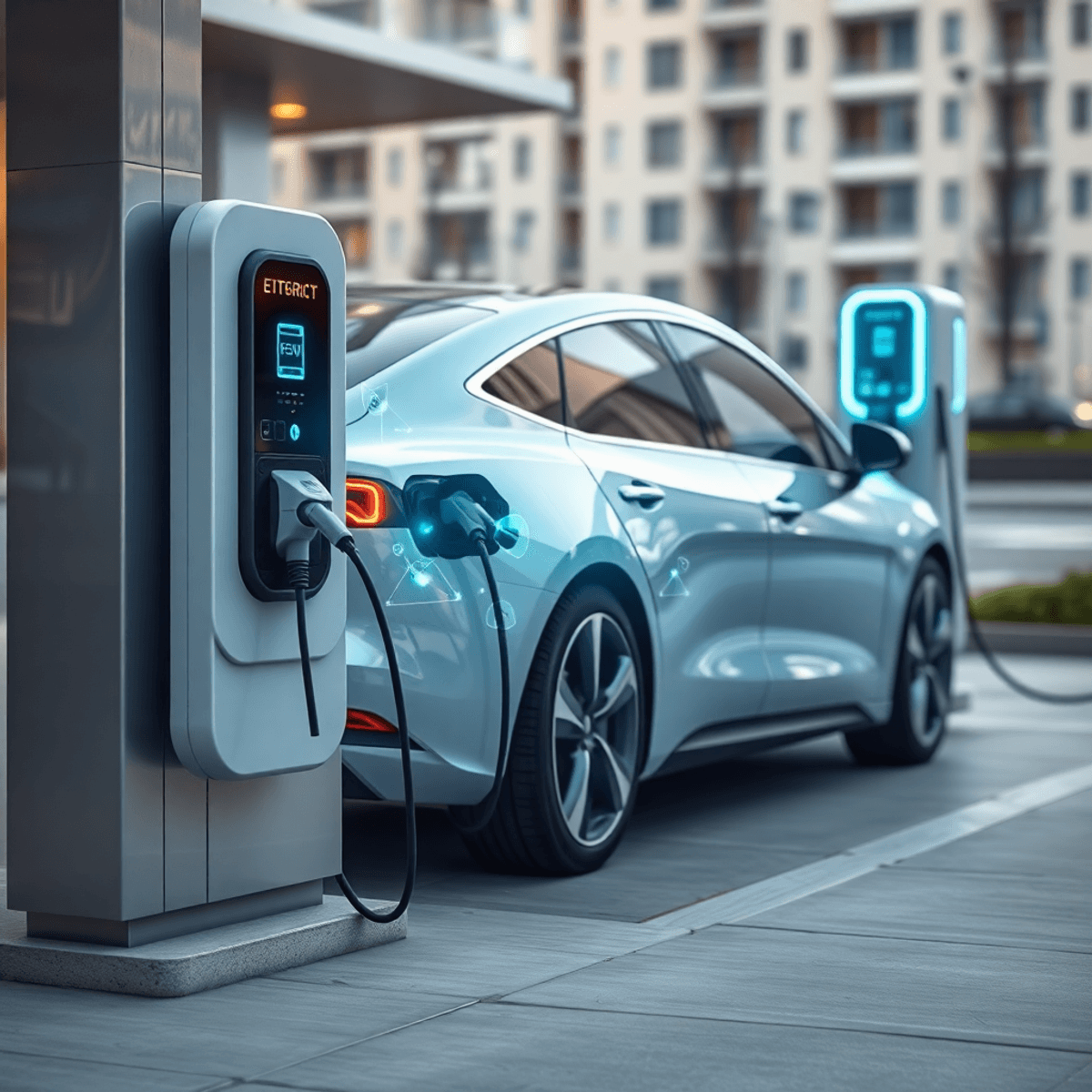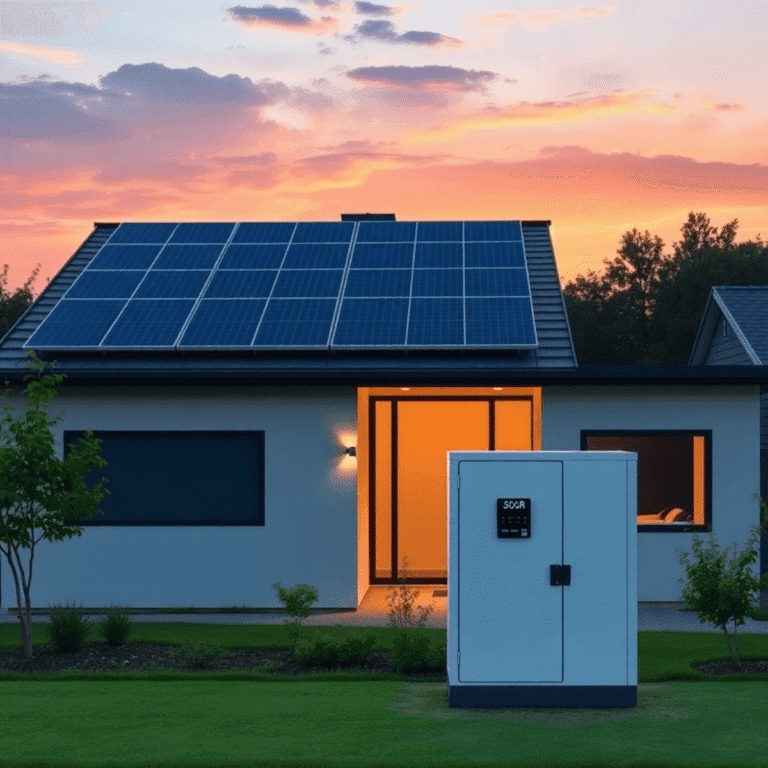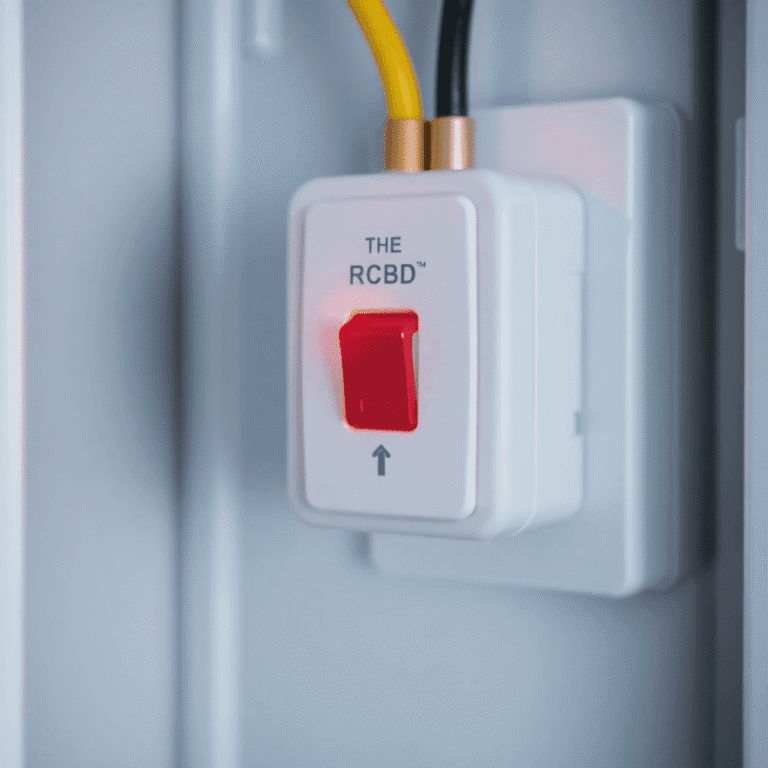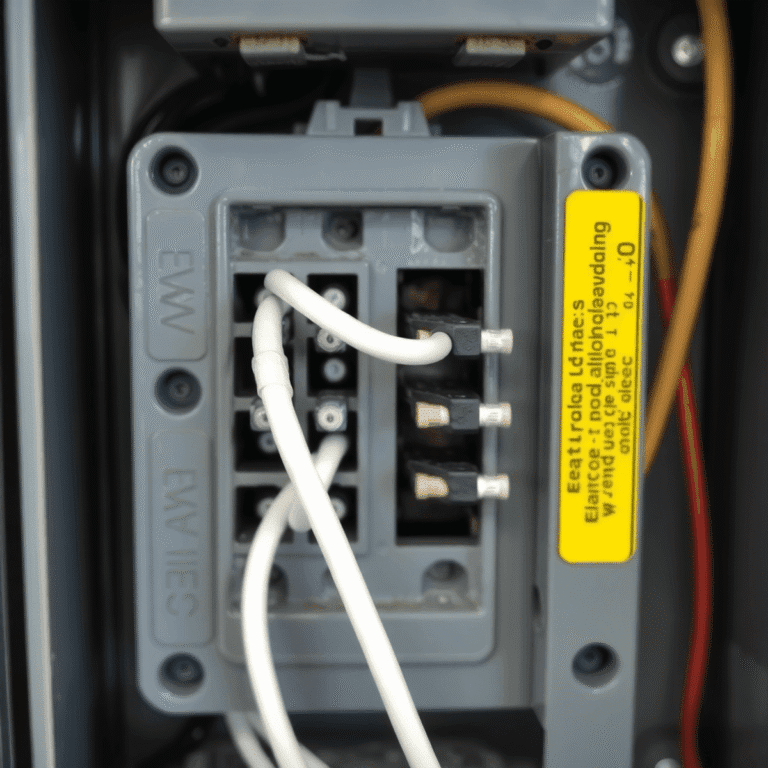How EV Chargers Communicate With Your Car
Electric vehicle (EV) charging is quickly becoming part of daily life for drivers across Melbourne and beyond. As the number of EVs on the road increases, so does the need for reliable, safe, and efficient charging infrastructure. The way EV chargers communicate with your car is central to delivering a smooth charging experience—powering up your vehicle isn’t as simple as plugging in and waiting.
Understanding EV charging communication helps you appreciate why safety protections are built into every session, how electricity flows safely to your battery, and what makes different vehicles compatible with various chargers.
In this article, you’ll learn:
- How EV chargers communicate with your car at both basic and advanced levels
- Why industry standards matter for charger-car compatibility and safety
- The digital protocols driving modern charging systems
- Practical tips to ensure your home or commercial installation supports optimal communication
Unlocking these insights gives you confidence in choosing the right charger, ensuring professional installation, and keeping up with the latest developments in electric mobility. If you’re considering a new EV charger installation, whether at home or for a commercial property, it’s essential to consult with experts who understand the intricacies of EV charging communication. For professional advice and services tailored to your specific needs, feel free to contact us.
Basics of EV Charger and Car Communication
Understanding how EV chargers and electric vehicles (EVs) communicate is crucial. This communication, often referred to as a “handshake,” happens at a low level and involves physical signals exchanged between the vehicle and the charging station. It’s a critical process that guarantees every charging session kicks off securely, dependably, and only when both parties are prepared.
Key Components of Low-Level Communication:
1. Control Pilot (CP) Pin:
The CP pin serves as the main channel for initial communication. When you plug your car into an EVSE (Electric Vehicle Supply Equipment), this pin sends signals back and forth to confirm a secure connection and negotiate the maximum current that can safely flow.
Without this step, neither the car nor the charger will allow power transfer.
2. Proximity Pilot (PP) Pin:
The PP pin has two important functions:
- It detects whether a cable is connected.
- It identifies the maximum current rating of the cable being used.
This mechanism is designed to prevent dangerous overcurrent situations—if a thinner cable is plugged in, charging rates are automatically limited to ensure safety.
3. Pulse-Width Modulation (PWM):
The charger utilizes PWM signals on the control pilot line to convey information such as allowable current limits and readiness status. Here’s how it works:
- A specific duty cycle indicates if the charger is available or if charging should start.
- Different voltages represent various states like “ready,” “charging,” or “fault detected.”
Safety Checks Embedded in Every Session:
Before any actual power transfer takes place, both the car and charger perform thorough checks to verify:
- Cable compatibility
- Maximum safe current
- Ground connection integrity
This foundational layer of communication ensures that every charge begins with strong safety checks and a clear agreement between the vehicle and station—long before any high-power electricity flows into your car’s battery.
Advanced Communication Protocols in EV Charging
High-level digital data exchange during charging sessions is crucial for optimizing the performance and safety of electric vehicles. Advanced communication protocols enable this sophisticated interaction, ensuring that both the vehicle and charger operate harmoniously.
Power Line Communication (PLC)
Power Line Communication (PLC) allows for efficient data transmission using TCP/IP over charging cables. This method is commonly found in Combined Charging System (CCS) connectors. PLC ensures reliable communication between the EV and the charging station, facilitating functions such as:
- Authentication of the vehicle
- Billing information exchange
- Firmware updates
Controller Area Network (CAN)
The Controller Area Network (CAN) protocol plays a significant role in DC fast-charging standards like GB/T and CHAdeMO. CAN allows for real-time, robust communication by:
- Handling complex data streams
- Coordinating high-speed interactions
This ensures that the vehicle receives an optimal charge and maintains system integrity during rapid charging sessions.
Signal Level Attenuation Characteristics (SLAC)
Signal Level Attenuation Characteristics (SLAC) are essential for mitigating interference, especially when multiple vehicles charge simultaneously. SLAC helps to:
- Avoid signal overlap
- Maintain clear communication channels
By fine-tuning signal strength, SLAC ensures each vehicle’s charging process is not disrupted by adjacent activities.
These advanced protocols collectively enhance the efficiency and reliability of EV charging systems, making them indispensable in modern electric vehicle infrastructure.
Key Standards Governing EV Charger-Car Communication
Industry standards are essential for ensuring reliable EV charging experiences. These protocols enable safe interaction between your vehicle and charger, regardless of their brand or model.
1. IEC 61851
This foundational standard defines basic requirements for electrical connectivity and safety between electric vehicles (EVs) and chargers. It specifies how current limits are set, how the charger and car negotiate safe energy transfer, and how automatic disconnection protects users from hazards. These rules apply to both alternating current (AC) and direct current (DC) charging, making IEC 61851 a global reference point for manufacturers.
2. ISO 15118
For advanced digital communication, ISO 15118 introduces bi-directional data exchange over the charging cable. This standard unlocks features like Plug & Charge—where authentication happens automatically—and enables vehicle-to-grid (V2G) technology. V2G allows your car to feed electricity back to the grid, turning EVs into active components of modern energy systems.
3. DIN 70121
Focusing on DC fast charging, DIN 70121 covers aspects of high-speed digital communication between car and charger. It’s widely used in European Combined Charging System (CCS) networks for secure, efficient session management—especially where rapid charging is essential.
International compatibility relies on these standards:
- Interoperability: Ensures different makes of cars work safely with a variety of chargers.
- Safety Compliance: Sets clear guidelines for error detection, connection verification, and emergency shutdown.
- Feature Expansion: Makes it possible to roll out new services like smart charging or automated billing across diverse infrastructure.
EV communication standards such as IEC 61851, ISO 15118, and DIN 70121 continue to shape how EV chargers communicate with your car—building trust in every charge session.
Network-Level Communication Between Charging Stations and Management Systems
Open Charge Point Protocol (OCPP) is the main way that electric vehicle (EV) charging stations talk to their central management systems. With OCPP, a charger can send real-time information—like whether it’s charging, if there’s an error, or how much energy has been used—straight to the charge point management system. This protocol also allows for remote troubleshooting, software updates, and scheduling to make the best use of the power grid. If you come across features such as app-based monitoring or remote problem-solving, it’s likely that OCPP is making those functions possible.
Roaming protocols are crucial in making sure EV drivers have a smooth charging experience no matter which network or provider they use. Standards like:
- OCPI (Open Charge Point Interface)
- OCHP (Open Clearing House Protocol)
- OICP (Open InterCharge Protocol)
- eMIP (eMobility Interoperation Protocol)
enable your vehicle or charging account to be recognized and billed accurately at any participating station, similar to how you can use your bank card at ATMs around the world. These protocols take care of user verification, clear pricing information, starting a charging session, and settling payments between different operators.
Effective communication at the network level improves both operational efficiency and customer satisfaction. Charging station owners can keep track of how often their stations are used, quickly find and fix any problems, and easily manage many chargers at once. On the other hand, drivers can rely on having access to charging stations without needing multiple accounts or cards. Thanks to these protocols, the EV ecosystem runs smoothly across different brands and countries.
Practical Insights for EV Owners and Installers
Safe and effective EV charger installation starts with certified electricians. Proper setup, cable routing, and grounding protect both the vehicle and household electrical systems. Adhering to strict safety standards is not optional—it’s essential for ensuring all communication protocols between your charger and car work as intended.
Protek Electrical and Data Melbourne stands out for its team of experienced, licensed professionals. With over 15 years in the industry, they handle residential and commercial installations that meet advanced EV charger communication requirements. Their reputation for reliability, thorough workmanship, and strict compliance with Australian regulations makes them a preferred choice in the western suburbs.
Selecting a compatible charger requires attention to supported communication protocols such as ISO 15118, OCPP, or CHAdeMO. Not every vehicle supports every protocol; reviewing your EV’s manual or consulting an expert helps avoid compatibility issues. Look for chargers that clearly specify protocol support in their documentation.
For long-term performance:
- Schedule periodic inspections by certified electricians.
- Keep charging connectors clean and dry.
- Update charger firmware regularly to maintain compatibility with evolving standards.
- Monitor for warning lights or error codes indicating communication faults.
Routine care and professional oversight keep your charging system safe, efficient, and up-to-date with the latest advancements.
Conclusion
Choosing quality installation services is crucial for reliable EV charger performance. Certified electricians, like those from Protek Electrical and Data, ensure proper communication setup and safety compliance, giving you peace of mind.
Staying informed about evolving technologies in EV charging can significantly enhance your experience. By understanding how EV chargers communicate with your car, you can make informed decisions that benefit both safety and efficiency.
FAQs (Frequently Asked Questions)
What is the importance of communication between EV chargers and electric vehicles?
Communication between EV chargers and electric vehicles is crucial for ensuring safe, efficient, and compatible charging sessions. It enables control over electrical parameters, safety checks, and advanced features like vehicle-to-grid interactions, ultimately enhancing user experience and charger reliability.
How do basic communication protocols like Control Pilot (CP) and Proximity Pilot (PP) work in EV charging?
Control Pilot (CP) and Proximity Pilot (PP) are low-level communication signals within the charging connector that manage safe charging operations. CP uses pulse-width modulation (PWM) to convey reference voltages indicating current limits and charging status, while PP detects connector presence to prevent unsafe conditions.
What advanced communication technologies are used during EV charging sessions?
Advanced communication protocols include Power Line Communication (PLC), which transmits digital data over the charging cable using TCP/IP—common in CCS connectors. Controller Area Network (CAN) is used in DC fast-charging standards like GB/T and CHAdeMO. Signal Level Attenuation Characteristic (SLAC) helps avoid interference when multiple vehicles charge simultaneously.
Which international standards govern EV charger and vehicle communication?
Key standards include IEC 61851 for basic electrical connectivity and safety; ISO 15118, which facilitates bi-directional digital communication enabling features such as vehicle-to-grid (V2G); and DIN 70121, which applies to DC fast charging processes. These standards ensure compatibility across various vehicles and chargers globally.
How does network-level communication improve EV charging infrastructure management?
Network-level protocols like the Open Charge Point Protocol (OCPP) enable seamless communication between chargers and central management systems for efficient operation. Roaming protocols such as OCPI, OCHP, OICP, and eMIP allow users to access multiple networks effortlessly, enhancing convenience and interoperability among operators.
What should EV owners consider regarding installation and maintenance for optimal charger-car communication?
EV owners should ensure professional installation by certified electricians to comply with safety standards and guarantee proper communication setup. Choosing chargers compatible with their vehicle’s supported protocols is essential. Regular maintenance helps preserve optimal performance of charger-car communications, with companies like Protek Electrical and Data Melbourne offering reliable services.








